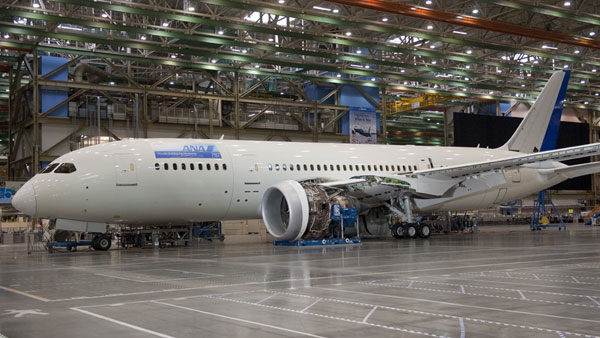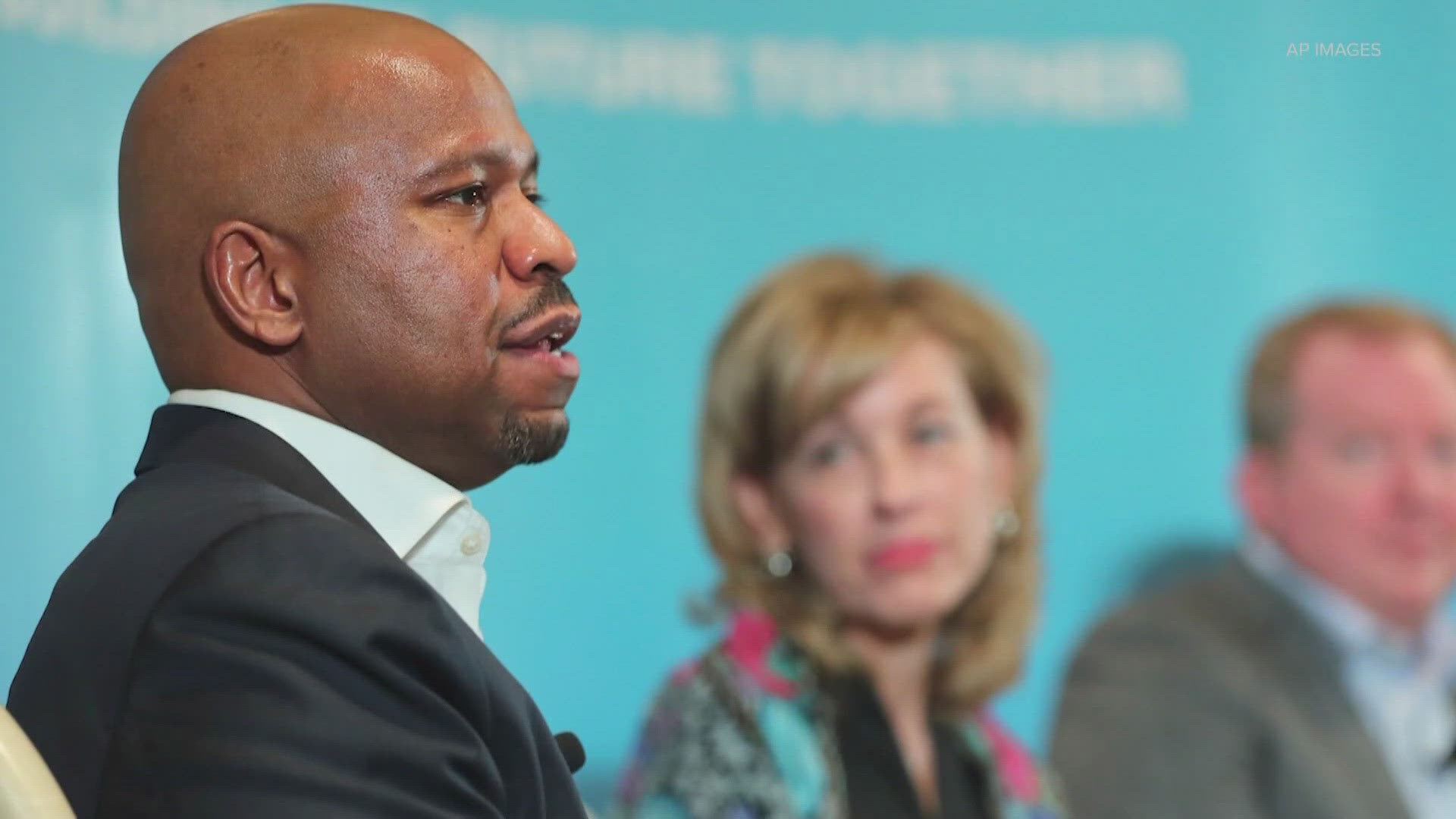SEATTLE- The National Transportation Safety Board is now investigating a strange electric fire aboard a brand new Japan Airlines 787 which was discovered 15 minutes after the passengers and crew disembarked.
A mechanic who boarded the plane first noticed smoke in the cockpit and called the fire department.
Massport Fire Chief Bob Donahue briefed reporters on what firefighters found in the rear cargo compartment.
There was heavy smoke. We used our thermal imaging equipment to identify hot spots and identified a fire condition about mid-ship in the avionics compartment, he said.
Donahue said the battery and other components were on fire, and that the battery exploded after the flames were extinguished.
The NTSB investigation will have to decide if the battery was a symptom of another problem, or the cause of the fire. But there s a lot of interest in this case as the Federal Aviation Administration granted Boeing a waiver to use lithium ion batteries in the plane.
The modern battery technology is commonly used in cell phones and laptops because it can last a long time and holds a charge. But in documents, the FAA says the batteries can catch fire and explode if they are overcharged, or even undercharged. The document stating: In general, lithium ion batteries are significantly more susceptible to internal failures than can result in self-sustaining increases in temperature and pressure (thermal runaway) than their nickel-cadmium or lead-acid counterparts.
The 787 is Boeing's newest plane, and the first was delivered in late 2011. In November 2010, a test flight had to make an emergency landing after an in-flight electrical fire. The fire delayed flight tests for several weeks while Boeing investigated.
Last month, a United Airlines 787 flying from Houston to Newark, N.J., diverted to New Orleans because of an electrical problem with a power distribution panel. No one was injured.
The 787 uses two lithium ion batteries -- including one for the auxiliary power unit, according to a Boeing guide for firefighters dealing with the 787.
The rechargeable batteries, widely used in consumer devices, have some pilots worried because batteries being shipped as cargo are suspected to have caused or contributed to the severity of fires in cargo planes.
When Boeing proposed using the batteries in the 787, the Federal Aviation Administration issued special rules, including a requirement that they be designed to prevent overheating.
The FAA noted in its 2007 rule that, In general, lithium ion batteries are significantly more susceptible to internal failures that can result in self-sustaining increases in temperature and pressure. ... The metallic lithium can ignite, resulting in a self-sustaining fire or explosion.
The severity of overheating is higher in larger batteries, the FAA said in the rule.
The National Transportation Safety Board said it's sending an investigator to Boston. The Federal Aviation Administration also said it was investigating.
Boeing Co. spokeswoman Lori Gunter said the company was aware of the fire and was working with JAL. She said she couldn't immediately answer other questions because Boeing's technical team was focused on the investigation.
Boeing has delivered 49 787s, including seven to Japan Airlines. Another 799 have been ordered by airlines worldwide.
Ed Freni, Massport's aviation director, said JAL officials reported that the plane that caught fire Monday was delivered to the airline in late December.
JAL began nonstop service between Boston and Tokyo's Narita Airport using the Boeing 787 in April. A return flight to Tokyo was cancelled Monday and JAL was working to reschedule passengers, a JAL spokeswoman said.


